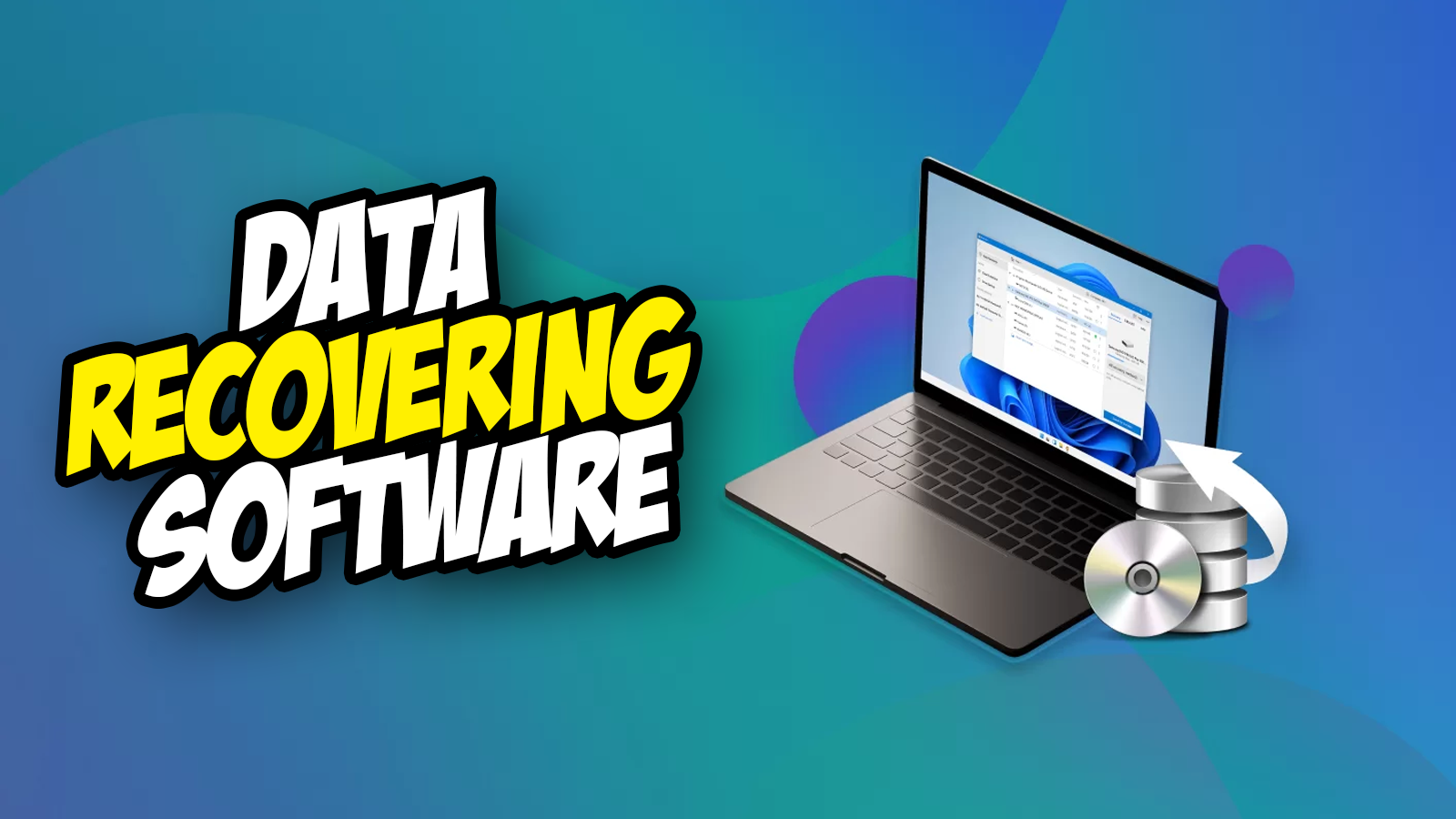Data Recovering Software for Retrieving Lost Files: The Complete Guide
Are you struggling to recover lost files? This comprehensive guide covers everything you need to know about data recovering software for retrieving lost files. Learn how to efficiently retrieve your valuable data and prevent data loss in the future.
Introduction
In today’s digital age, data has become one of the most critical assets for individuals and businesses alike. From important documents and precious memories to sensitive financial information, losing data can be a nightmare. Thankfully, data recovering software offers a solution to this problem. In this complete guide, we will explore the world of data recovering software for retrieving lost files, helping you navigate through the complexities and uncertainties of data recovery.
How Does Data Recovering Software Work?
Data recovering software employs a sophisticated process to recover lost files. When a file is deleted or lost, it is not immediately removed from the storage device. Instead, the space it occupies is marked as available for new data. The software scans the device for these “unallocated” spaces and reconstructs the lost files using information stored in them.
Key Features to Look for in Data Recovering Software
When choosing data recovering software, it’s essential to consider various features to ensure it meets your needs effectively. Here are some key features to look for:
1. File Type Support: Ensure the software supports a wide range of file types, including documents, images, videos, audio, and more.
2. Storage Device Compatibility: The software should be compatible with various storage devices, such as hard drives, SSDs, USB drives, memory cards, and optical media.
3. Preview Function: A preview feature allows you to view the recoverable files before initiating the actual recovery process, ensuring you retrieve the right data.
4. User-Friendly Interface: An intuitive and user-friendly interface makes the data recovery process less daunting, even for non-tech-savvy users.
Tips for Preventing Data Loss
Prevention is always better than cure. Here are some tips to help you prevent data loss:
1. Regular Backups: Regularly back up your important files to an external storage device or cloud storage.
2. Antivirus Protection: Install and update reliable antivirus software to protect your system from malware and viruses.
3. Safe Handling: Handle your storage devices with care and avoid exposing them to extreme temperatures or physical shocks.
4. Update Software: Keep your operating system and software updated to avoid potential compatibility issues and vulnerabilities.
Understanding Different Data Recovery Methods
Data recovery methods can vary depending on the type of data loss and the severity of the issue. Here are some common data recovery methods:
1. Undelete Recovery: This method is useful for recent file deletions and involves restoring files from the recycle bin or trash.
2. Formatted Media Recovery: When a storage device is accidentally formatted, this method helps recover files from the formatted drive.
3. Partition Recovery: If a partition becomes inaccessible or gets lost, this method can restore the partition and its data.
4. Raw Recovery: When file systems are severely damaged, raw recovery can extract data without relying on the file system structure.
Conclusion
Data recovery software is a valuable tool for retrieving lost files and memories, providing hope in seemingly desperate situations. By understanding how data recovering software works and following preventative measures, you can minimise the risk of data loss and keep your valuable files safe. Remember, while data recovering software is powerful, it’s crucial to act swiftly and cautiously when facing data loss.
